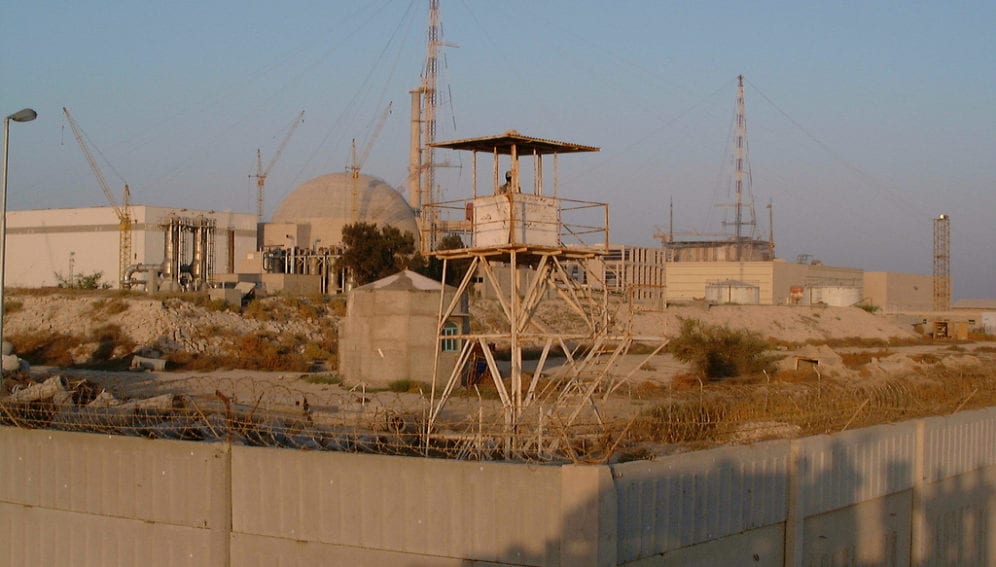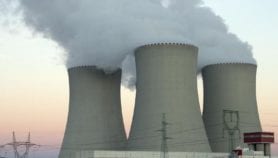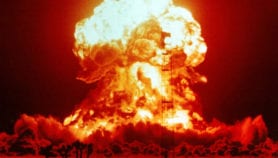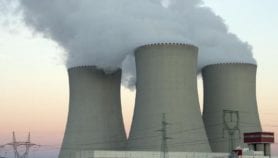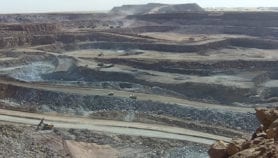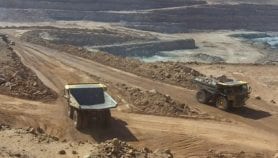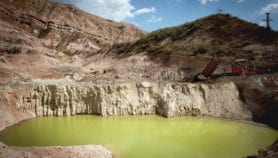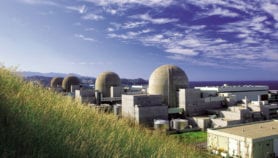Send to a friend
The details you provide on this page will not be used to send unsolicited email, and will not be sold to a 3rd party. See privacy policy.
[CAIRO] The Persian Gulf Arab states have raised concerns about the safety of an Iranian nuclear power station built in an earthquake-prone coastal area.
The concerns about the Bushehr plant, which officially opened in 2011, were raised during a meeting of the 35-nation board of governors of the International Atomic Energy Agency (IAEA) in Vienna, Austria, last month (3-7 June).
The reactor lies on the north-east coast of the Persian Gulf. Any leak of radioactive material could therefore affect coastal regions of Bahrain, Kuwait, Qatar, Saudi Arabia, the United Arab Emirates and Oman's Musandam Peninsula.
Saudi Arabia and the United Arab Emirates had already raised the issue after a magnitude 6.3 earthquake struck Bushehr Province in south-west Iran on 9 April.
“The Gulf countries have every right to request assurances by IAEA experts, because some of the Iranian plant components are extremely old.”
Farouk El-Baz
Within a week, national emergency officials of countries in the Gulf Cooperation Council (GCC), a political and economic alliance between Bahrain, Kuwait, Oman, Qatar, Saudi Arabia and the United Arab Emirates, met in Saudi Arabia to discuss the risk of radiation spreading over the Persian Gulf if the Bushehr plant is damaged by another earthquake.
But Mohammad Ahmadian, the deputy director of Iran's Atomic Energy Organization, dismissed the concerns in a TV interview on the day of the meeting.
Speaking to Iran's Alalam News Network, he denied that earthquakes could affect the nuclear reactor or cause any safety problems.
"The reactor is designed to withstand a magnitude 8 earthquake and to automatically shut down if there is a major earth movement," he said.
But Gulf Cooperation Council assistant secretary general Abdel Aziz Aluwaisheg said in an article on the Arab news website that, although Iranian officials had tried to calm fears that an earthquake could affect the reactor, their words were "far from reassuring".
"Iran should be more forthcoming in allowing international inspection of Bushehr to reassure its own citizens and neighbours about the safety of the plant," he said.
Farouk El-Baz, an Egyptian-born geologist who is director of the Center for Remote Sensing at Boston University in the United States, says that "the situation may have a drastic environmental effect if neglected".
He tells SciDev.Net that western Iran is prone to earthquakes. "The Gulf countries have every right to request assurances of adherence to safety regulations by IAEA experts, because some of the Iranian plant components are extremely old," he says.
But Mohamed Salama, emeritus professor at Egypt's Nuclear and Radiological Regulatory Authority, says it is important not to exaggerate the risk that earthquakes pose to the Bushehr plant.
He compares a possible Iranian earthquake with the magnitude nine quake that struck off the coast of Japan in March 2011, generating a tsunami that flooded the country's Fukushima nuclear plant.
"Fukushima rode out the earthquake safely," he says. "The real disaster came from the tsunami that swept over the sea wall and knocked out the backup generators, leaving the reactors without their cooling systems. The reactors then overheated, there were explosions and radioactive material escaped."
Salama tells SciDev.Net: "Iran was not so naive as to build a US$10 billion reactor plant without considering its vulnerability to seismic threats".
Yousry Abushady, a senior inspector at the IAEA, agrees. He explains that three factors are closely considered by any country when building a nuclear reactor: active geological fault lines, water availability and population density.
"There has not been a single case in history where a nuclear reactor has been directly affected by an earthquake," he tells SciDev.Net. "Nuclear power stations cope well with earthquakes."
German firms started building the Bushehr plant in 1975, but work was halted in 1979 following the Iranian Revolution. In 1995, Iran and Russia signed a contract to finish the plant, although financial, technical and political problems led to further delays.
More on Nuclear
News
Jordan’s nuclear programme comes under fire
[AMMAN] Jordan's ambitions to become a regional nuclear research hub have encountered setbacks follow ...11/07/12


